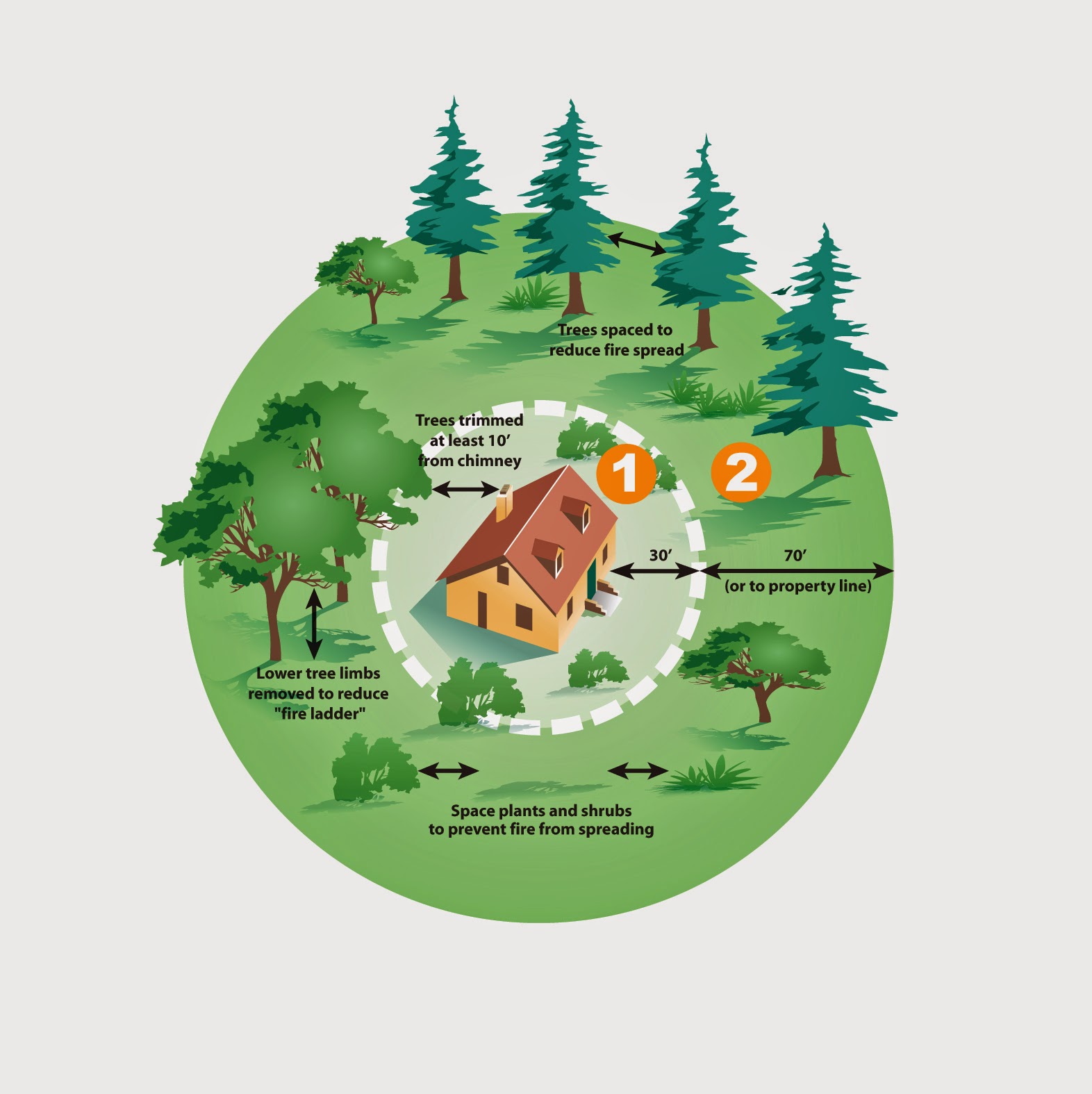
POWDERY MILDEW- White or gray, flour-like substance on leaves, stems, flowers. Thin plant if growth is dense. Keep water out of plant canopy or apply it when it will dry fast. Apply sulfur or potassium bicarbonate or horticultural oils at first sign of mildew.

EARLY BLIGHT(tomato)- Lower leaves yellow; spots of concentric rings found on lower leaves. Keep water off foliage, or apply when it will dry fast. Chlorothalanil fungicide may be applied at first sign of infection.

FIREBLIGHT(crabapple)- Stem tips brown, bend over like shepherd’s crook and shrivel. Drops of bacterial ooze on branches. Prune branch 6-12 inches below visible signs of infection. Treat pruning tool between cuts with 1:9 bleach mixture or rubbing alcohol. (Clean tools when done.) Thin tree branches. Avoid over-fertilization.

CYSTOSPORA CANKER(aspen, cottonwood)-Sunken discolored areas on trunk and/or branches. Dark “pimples” found in cankered area. Branch dieback. Prune out affected branches below visible signs of infection. Keep tree healthy.

LEAF SCORTCH-Leaves brown on edges and in between veins. Often found in hot dry weather. Apply water to plant’s root zone during hot dry weather or when scorch appears.





